Certification
-
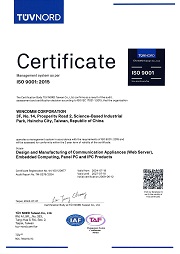
-
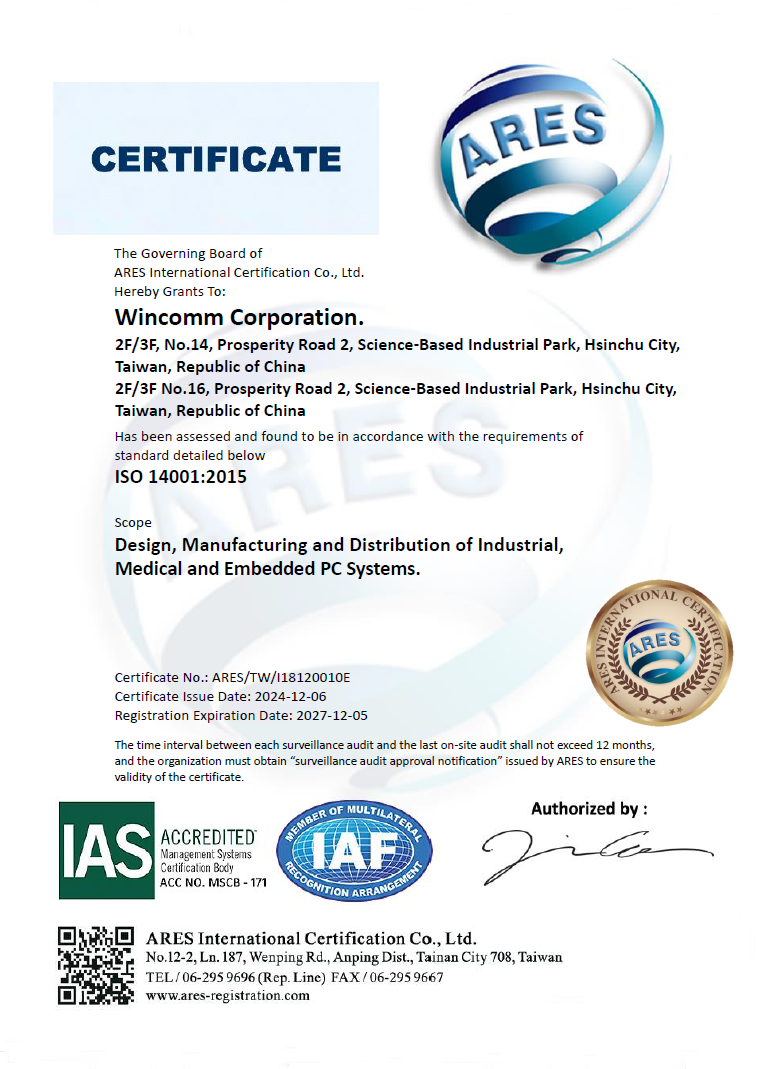
-
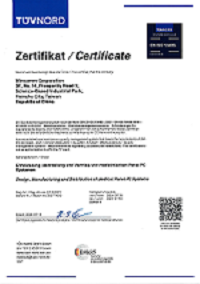
-

FCC
The Federal Communications Commission (FCC) is a federal agency that regulates interstate and international communications across various forms of transmission.
It has jurisdiction over radio communication, telephone, TV, wire, cable, and satellite across the U.S. and its territories. -

VCCI
CCI stands for the Voluntary Control Council for Interference by Information Technology Equipment.
The VCCI regulates emitted radio disturbances, otherwise known as electromagnetic interference (EMI), from multimedia equipment (MME). -

CE : EN 60601-1-2 : 2015 / A1:2021 (V4.1) / EN 60601-1 : 2006 / A2 : 2021 (V3.2)
Wincomm medical product pass the CE : EN 60601-1-2 : 2015 / A1:2021 (V4.1) / EN60601-1 : 2006 / A2 : 2021 (V3.2) certification Customer can esay to integration Wincomm medical product in their system without certification for EU
-

UL : ANSI / AAMI ES60601-1 : 2012 (V3.2)
Wincomm medical product can pass the UL : ANSI / AAMI ES60601-1 : 2012 (V3.2) certification
Customer can esay to integration Wincomm medical product in their system without certification for US -

CCC
The China Compulsory Certification (CCC) mark is China's national safety and quality mark. The mark is required for 17 categories of 103 products, ranging from electrical fuses to toaster ovens to automobile parts to information technology equipment.
About 20% of U.S. exports to China are on the product list. -

TS Mark (Taiwan)
The TS mark is a product safety approval that allows the installation of products into Taiwan. SOR 102/103 Differential Pressure Switches, R/B Series Pressure and Temperature Switches, HB/HBME Explosion Proof Terminal Box Accessories and Large Level Switches with S3 or T6 housings have all received the TS Mark.
-

Canada ICES-003
This Interference-Causing Equipment Standard – 003 (ICES-003) sets out the technical requirements relative to radio noise generated by Information Technology Equipment (ITE).
-

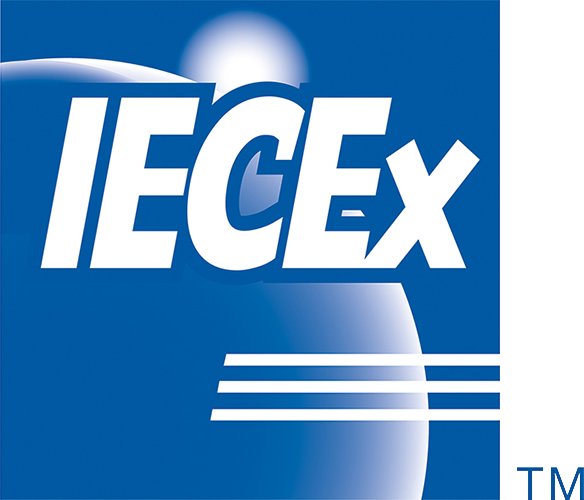
IEC-62368 CCC, IECEx, C2D2 Group F, G; C1D2 Group A, B, C, D T4 ATEX Zone2 EX II 3G Ex ic ec IIC T4 Gc IP66
Explosive atmospheres in the workplace can be caused by flammable gases, mists or vapours or by combustible dusts. Explosions can cause loss of life and serious injuries as well as significant damage.


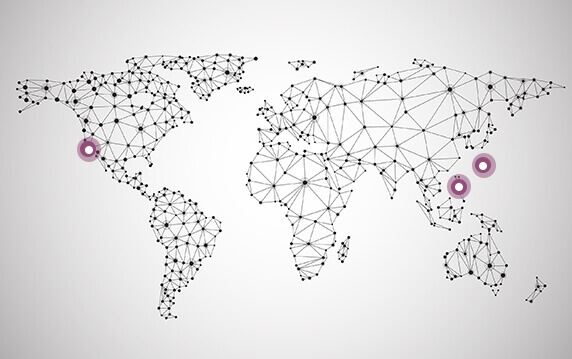





 e-News Subscribe
e-News Subscribe